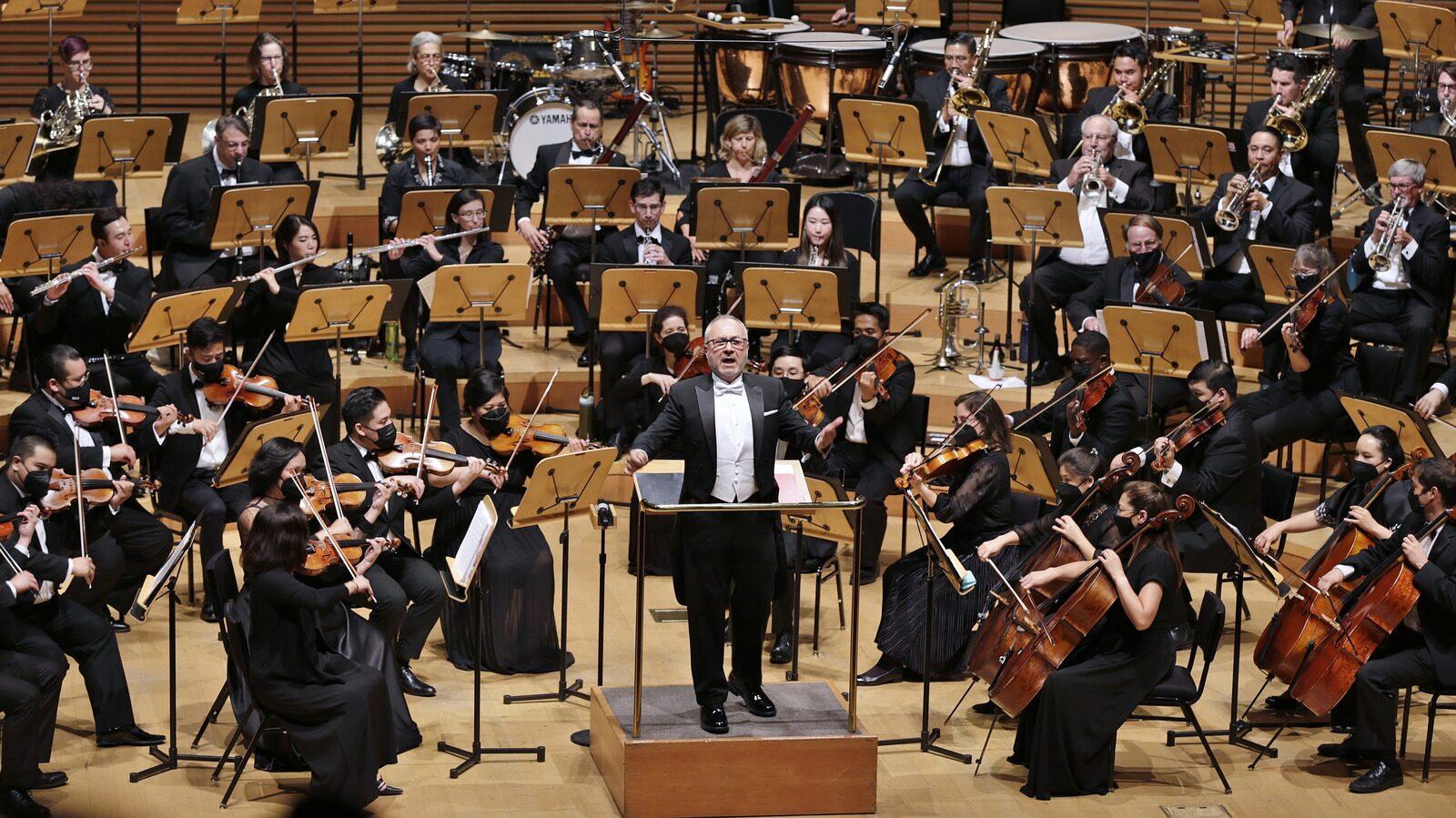Remaining troops face growing criticism, court challenges, and pressure from state leaders to end the federal crackdown on immigrant communities.
LOS ANGELES — The U.S. Department of Defense has ordered the withdrawal of 2,000 National Guard troops from Los Angeles, signaling a partial de-escalation of federal military presence amid weeks of protest and legal challenges over the use of military personnel in immigration enforcement operations.
The move, announced July 15, 2025, by Defense Secretary Pete Hegseth, comes after the controversial deployment of approximately 4,000 California National Guard troops and 700 U.S. Marines in June. The Pentagon stated that the decision to reduce troop levels was based on a “reduction in unrest” and “stabilized conditions.”
However, 2,000 National Guard troops remain stationed in Los Angeles, along with roughly 700 Marines tasked with securing federal buildings, including the Wilshire Federal Building, ICE headquarters, and downtown federal courts. Both groups continue to operate under Title 32 orders, meaning they remain under federal control but are paid with state funds.
Critics say deployment is political overreach
California Governor Gavin Newsom, who has consistently opposed the federalization of the state’s National Guard, renewed his call for a full withdrawal. In a press release issued July 16, Newsom labeled the deployment “an unnecessary militarization of our communities,” and called for the troops to be reassigned to wildfire suppression and drug interdiction missions within California.
Newsom also reactivated the state’s legal challenge—Newsom v. Trump—which is currently pending before the Ninth Circuit Court of Appeals. The lawsuit argues that President Donald Trump’s unilateral mobilization of the Guard overstepped executive authority and violates the principles of federalism. A decision is expected later this summer.
Los Angeles Mayor Karen Bass echoed the governor’s concerns, calling the drawdown “a retreat, not a resolution,” and warning that “as long as federal troops are present, trust between immigrant communities and local government remains compromised.”
Troops on standby—and largely inactive
According to a report by Business Insider, many of the remaining National Guard troops and Marines are reporting “low activity and unclear mission objectives,” with some expressing frustration over being underutilized. The Marines, in particular, are limited by the Posse Comitatus Act, which prohibits them from engaging in direct law enforcement actions on U.S. soil.
Meanwhile, federal authorities insist the troops are necessary to safeguard federal facilities and assist with logistical support during ongoing ICE operations. Pentagon spokesperson Lt. Col. Adrienne Valdez said the Guard’s role “remains limited to detainment, transport assistance, and site security—not active immigration enforcement.”
Community pushback and legal wins
Civil rights advocates and local leaders continue to denounce the deployment. The Coalition for Humane Immigrant Rights of Los Angeles (CHIRLA) and the ACLU have led weeks of protests and filed multiple legal motions. A federal judge recently issued an injunction barring the LAPD from using non-lethal weapons on journalists during immigration-related demonstrations.
Additionally, a separate ruling earlier this month found that ICE engaged in “systemic racial profiling” during its May and June operations across California, further intensifying scrutiny on federal agencies.
Though public demonstrations have diminished since the initial June peak, new protest waves—part of a national campaign called “Good Trouble Lives On”—have begun to emerge in several cities, including localized actions in Echo Park and Historic Filipinotown.
Military role in question as critics press for withdrawal
Governor Newsom has requested that the remaining Guard troops be redeployed to wildfire duty in Northern California, as the state prepares for what may be another record fire season. Meanwhile, the pending court ruling in Newsom v. Trumpis expected to define the legal boundaries of federal authority over state National Guard forces in politically sensitive situations.
Until then, the 2,000 remaining troops and 700 Marines will continue their assignments—largely passive and restricted—amid growing calls from state leaders and immigrant communities to end what critics describe as a militarized immigration crackdown in America’s most diverse city.







